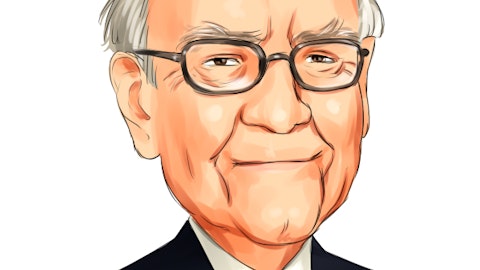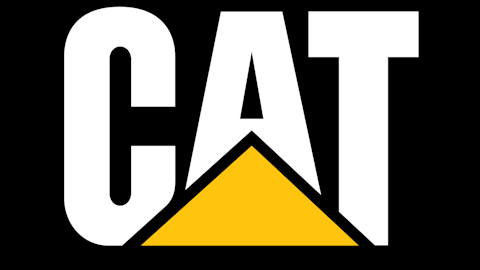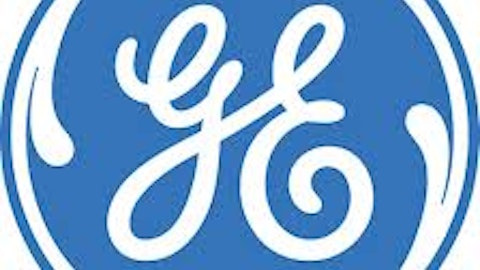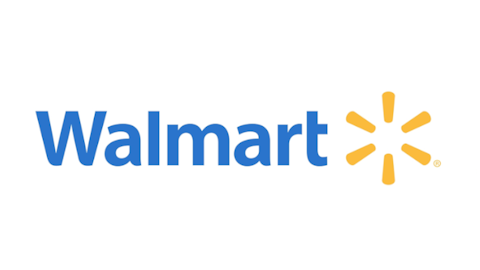Like many individual investors out there, my first lesson into stock investing focused on the key metrics. Within a few hours I felt like a Wall Street insider – throwing around previously unfamiliar terms like P/E and current ratio. The secret to investing was seemingly simple.
Step 1: Identify those companies with superior metrics relative to their industry peers.
Step 2: Profit!
However, over time I’ve learned how things are a bit more nuanced than they are at face value, and a deeper understanding of what influences certain metrics is necessary to make intelligent investing decisions. Take for example the return on equity (ROE) metric. What a neat little ratio! It’s so easy to calculate:
Net income / owner’s equity
This literally tells an investor how much profit the company generated for each dollar of shareholder investment. It’s a very popular measurement of management’s ability to maximize shareholder return. It stands to reason that as an investor I want a company I own to have the highest ROE possible. Well … maybe not exactly. I’ll explain by comparing three industrial companies with similar products: Deere & Company (NYSE:DE), Caterpillar Inc. (NYSE:CAT), and CNH Global NV (NYSE:CNH).
At first glance, Deere & Company (NYSE:DE) appears to be the best investment based on ROE. I’ve calculated all metrics using 2012 annual report data for each company.
| DE | CAT | CNH | |
| ROE | 44.8% | 37.2% | 13.8% |
Easy enough. Time to contact my broker and then sit back and look ahead to that next black-tie party where I can gloat over my obscene profiting due to proprietary investing acumen. Or, I could take a deeper look at this picture to gain greater insight. As mentioned before, ROE is a function of net income and stockholder equity. Net income is a hard figure; it can’t really be manipulated by management. Certainly management’s effectiveness at their job will impact net income, but at the end of the fiscal year it is what it is. Equity, on the other hand, can be easily manipulated. A very basic formula of financial accounting is:
Assets = liabilities + owner equity.
It’s pretty straightforward; just think about buying a $100,000 house. Assume a buyer puts 10% down and takes out a mortgage to pay the rest. The buyer will have a $100,000 house (an asset), a $90,000 mortgage (a liability), and $10,000 of ownership (equity). It becomes clear that management can reduce shareholder equity by increasing debt. Since equity is the denominator in the ROE equation, a reduction in equity will increase ROE assuming net income is unchanged.
Considering a few more related metrics will paint a more complete picture in comparing these three companies.
Return on sales (ROS) = net income / sales
– Commonly referred to as net profit margin
Return on assets (ROA) = net income / assets
– Measures the amount of profit for each dollar invested in assets
Asset turnover = sales / assets
– Measures the amount of sales generated from each dollar invested in assets
Financial leverage = assets / equity
– Measures the amount of assets invested with each dollar of shareholder contributions. A higher ratio means the company relies more heavily on debt for financing
| Deere | Caterpillar | CNH Global | |
| ROS | 9.2% | 8.6% | 5.6% |
| ROA | 5.9% | 6.7% | 3.3% |
| Asset Turnover | 0.64 | 0.77 | 0.59 |
| Financial Leverage | 7.6 | 5.6 | 4.2 |
| ROE | 44.8% | 37.2% | 13.8% |
Now it becomes obvious why Deere & Company (NYSE:DE)’s ROE is the highest: The company is by far and away the most levered. Deere’s debt-to-equity ratio is above 400% compared to 220% for Caterpillar and 209% for CNH Global NV (NYSE:CNH). Additionally, this exercise has revealed that while Deere looks superior using ROE, Caterpillar Inc. (NYSE:CAT) is outperforming on ROA and asset turnover.
The debt-to-equity ratio for all three appear dangerously high, but a greater understanding of their business models will ease those concerns. Large industrial manufacturing companies like Deere & Company (NYSE:DE) Caterpillar Inc. (NYSE:CAT) not only sell equipment to their customers but also act as a bank offering financing services to those customers. The majority of debt incurred is under the Financial Services wing. For example, Deere ended 2012 with over $22 Billion in long-term debt with $15.7 Billion of that for Financial Services. The average interest rate on this debt was under 2%. The balance sheet shows over $25 Billion in financial receivables – money owed from customers to the Financial Services segment of the company. As long as those customers pay their bills, there’s little concern over the amount of debt on the balance sheet. The company reported an unpaid balance of $120 million at the end of 2012, which is pretty darn good when the total financial receivables due within a year was nearly $13 billion. Again, it would have been a mistake to disregard Deere & Company (NYSE:DE) based solely on its high debt to equity alone.
Making the investment decision
All three companies are trading at historically low valuations due to tepid profit growth over the last few years. Caterpillar Inc. (NYSE:CAT)’s management reduced 2013 net income projections from $60-$68 billion to $57-$61 billion in its latest quarterly report. Deere & Company (NYSE:DE) made similar cautious statements regarding its short-term profit forecasts, although it is still predicting stronger growth than Caterpillar. I believe in the long-term stories of both Caterpillar Inc. (NYSE:CAT) and Deere as the global economy slowly recuperates. In the meantime, they pay respectable dividends, 2.4% yield for Deere & Company (NYSE:DE) and 2.9% for Caterpillar Inc. (NYSE:CAT). CNH Global NV (NYSE:CNH) needs to significantly improve its margins and return on assets to the levels of its peers before it will earn my investment dollars.
The article The Trappings of Relying on Single Metrics originally appeared on Fool.com is written by Stephen Benz.
Stephen Benz owns shares of CAT. The Motley Fool has no position in any of the stocks mentioned. Stephen is a member of The Motley Fool Blog Network — entries represent the personal opinion of the blogger and are not formally edited.
Copyright © 1995 – 2013 The Motley Fool, LLC. All rights reserved. The Motley Fool has a disclosure policy.





